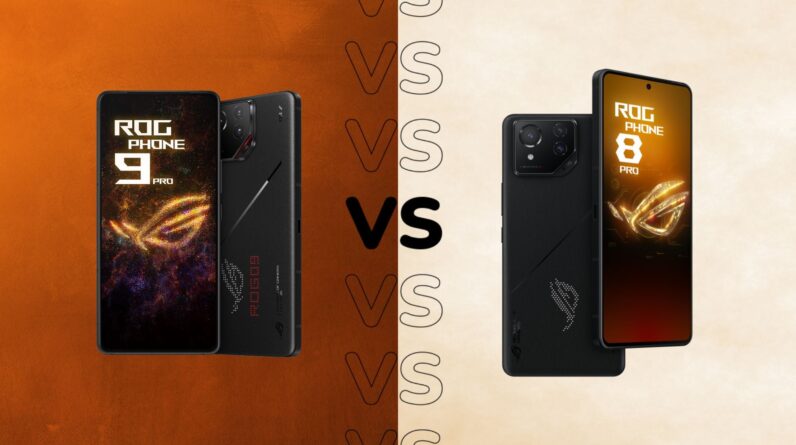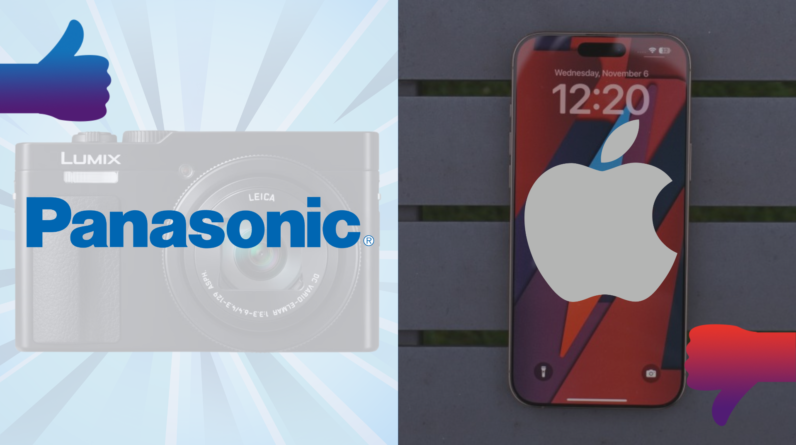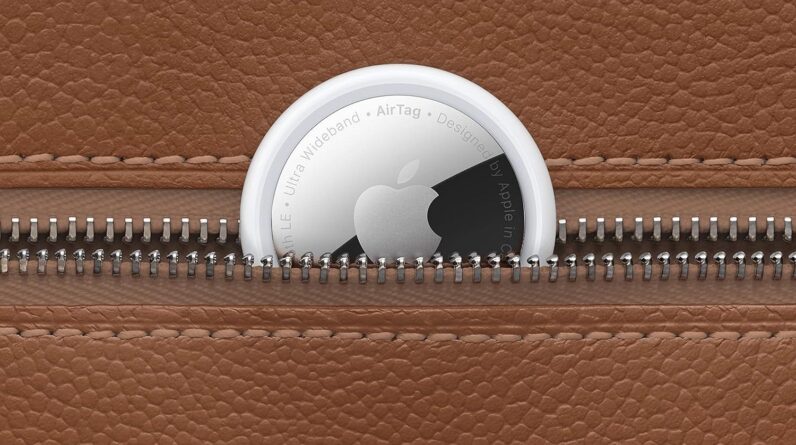
Asus has revealed the ROG Phone 9 collection including the specced-up ROG Phone 9 Pro – but how does it differ from its predecessor, the ROG Phone 8 Pro?
While looking at the two you might assume that the changes to the already-impressive gaming phone are minimal, but there’s actually a lot to get excited about with the ROG Phone 9 Pro – so much so that ROG Phone 8 Pro owners may be tempted to upgrade.
With that in mind, here’s how the ROG Phone 9 Pro compares to the ROG Phone 8 Pro on paper, with our full, in-depth comparison with benchmark testing coming very soon.
Pricing & availability
The ROG Phone 8 Pro has been readily available to buy since its release in January 2024, and it starts at £1,099 for the entry-level variant with 16GB of RAM and 512GB of storage, with additional RAM and storage available at additional cost.
The ROG Phone 9 Pro, despite the massive gains in performance and other areas, comes in at the same £1,099 for the 16GB/512GB variant, again with additional RAM and storage available at extra cost.
The ROG Phone 9 Pro is available to pre-order now, with orders beginning to ship in mid-December.
Both also offer a ‘Pro Edition’ smartphone with the top-end 24GB of RAM and 1TB of storage, as well as a dedicated cooler and a case to further boost the phone’s performance when playing games.
The ROG Phone 9 Pro is way more powerful
Though it seems somewhat obvious that a newer version of an existing smartphone will be faster, there are some significant gains in the performance department when it comes to the ROG Phone 9 Pro.
It all comes down to the Snapdragon 8 Elite chipset found at the heart of the flagship, with Asus claiming incredible year-on-year gains compared to the Snapdragon 8 Gen 3 within the ROG Phone 8 Pro.


That includes a 45% boost to CPU performance with a 4.3GHz clock speed, along with a 40% faster GPU, paired with up to 24GB of LPDDR5X RAM and up to 1TB of UFS 4.0 storage – the same as what you’d get with the ROG Phone 8 Pro.
As well as being more powerful, the chipset also manages to be more power-efficient than the outgoing Snapdragon 8 Gen 3, offering not only faster performance but better battery life – more on the latter in a bit.
The ROG Phone 9 Pro has a faster screen
When it comes to the core display experience, both the ROG Phone 8 Pro and ROG Phone 9 Pro are fairly evenly matched. Regardless of the smartphone you opt for, you’ll get a 6.78-inch FHD+ AMOLED screen with a 2500nit peak brightness, 720Hz touch sample rate for faster response times and Gorilla Glass Victus 2 protection.
The only area where the two differ is refresh rate; while both offer the same 120Hz LTPO tech that lets the screen drop down to a battery-friendly 1Hz when not active, the ROG Phone 9 Pro has a gaming-specific 185Hz refresh rate, 20Hz higher than the 165Hz of the ROG Phone 8 Pro.


This technically means that the ROG Phone 9 Pro is capable of rendering up to 185fps in games, compared to the 165fps from the ROG Phone 8 Pro, though in reality, you’ll struggle to find an Android game that can hit these lofty heights, with many capping out at 90 or 120fps.
Plus, you can only access the 185Hz mode when activated in Game Genie, Asus’ gaming-specific UI, with both phones capping out at the same 120Hz in normal operation, so it’s not as big a deal as you might first expect.
The ROG Phone 9 Pro has a more advanced AniMe Vision system
One of the big points of differentiation between ROG Phone 8 and 8 Pro was the AniMe Vision LED display on the rear of the Pro model, sporting 341 programmable LEDs that could be used to display graphics, text and more in place of the basic rear lighting from the regular model.


Well, that experience has been cranked up a notch with the ROG Phone 9 Pro, with an upgraded AniMe Vision panel boasting a whopping 648 programmable LEDs that can not only display texts and graphics but even notifications.
There’s also a small handful of games you can play using the rear LED panel and the touch-sensitive triggers of the phone including Brick Smasher, Snake, Aero Invaders and more that further boost the appeal of the AniMe Vision panel. It’s not an entirely new feature, then, but a meaningful upgrade nonetheless.
The ROG Phone 9 Pro has a larger battery
According to Asus, one of the biggest complaints about the ROG Phone 8 Pro was its battery life; while solid, it couldn’t quite compete with the high demands from gamers on the go with its 5,500mAh battery.
Not only does the ROG Phone 9 Pro boast a larger 5,800mAh battery that’s 300mAh larger than its predecessor, but it also benefits from the massive efficiency boost from the Snapdragon 8 Elite, with the chipset able to perform at a similar high-end level albeit with a 40% boost to battery efficiency.


That means that you should get 26+ hours of general use out of the phone on a single charge, or up to 4.5 hours of heavy gaming – think Genshin Impact with the high-level graphics and all optional graphical features enabled – according to Asus, though that’s something we’ll be putting to the test over the coming days.
Thankfully, there’s no difference in charging tech between the two smartphones, with both offering 65W HyperCharge via USB-C along with 15W wireless charging, 10W reverse wired charging and, of course, bypass charging for when you’re playing games while plugged into the charger.
The ROG Phone 9 Pro has more advanced AI features
2024 is the year of artificial intelligence, and that seemingly also expands to gaming phones with a whole host of non-gaming AI features headed to the ROG Phone 9 Pro that wasn’t present on last year’s flagship.
That includes AI Call Translator, which works in both phone calls and voice calls via third-party apps like WhatsApp and Facebook Messenger, along with AI Transcript which can transcribe and summarise recordings and Semantic Search, a feature that lets you search for settings and other files on your smartphone using natural language.
If this sounds familiar, it should; these are all features already available on Asus’ non-gaming-focused ZenFone 11 Ultra.


It also boasts support for Google Circle to Search, allowing you to circle or scribble to select something you’d like to find out more about – something not found on the Zenfone 11 Ultra.
There’s also a plethora of AI-powered gaming features, including X Sense that allows you to fast forward through cut scenes, auto pick up items and more in supported games, along with X Capture that detects and records important in-game moments and AI Grabber that helps you copy and paste text from games into a browser to access help – though these were also present on the ROG Phone 8 Pro.
Early thoughts
Though many of the differences between the ROG Phone 8 Pro and the ROG Phone 9 Pro are what many would consider minor, including the upgraded AniMe Vision display, faster refresh rate and slightly larger battery, the inclusion of the Snapdragon 8 Elite – and the frankly astonishing year-on-year gains on offer according to Qualcomm – might make even ROG Phone 8 Pro owners upgrade.
If not, it should still represent one of the most powerful gaming smartphones on the market that’ll likely tempt dedicated gamers. However, we’ll deliver our final verdict once we’ve spent some more time with the ROG Phone 9 Pro.






